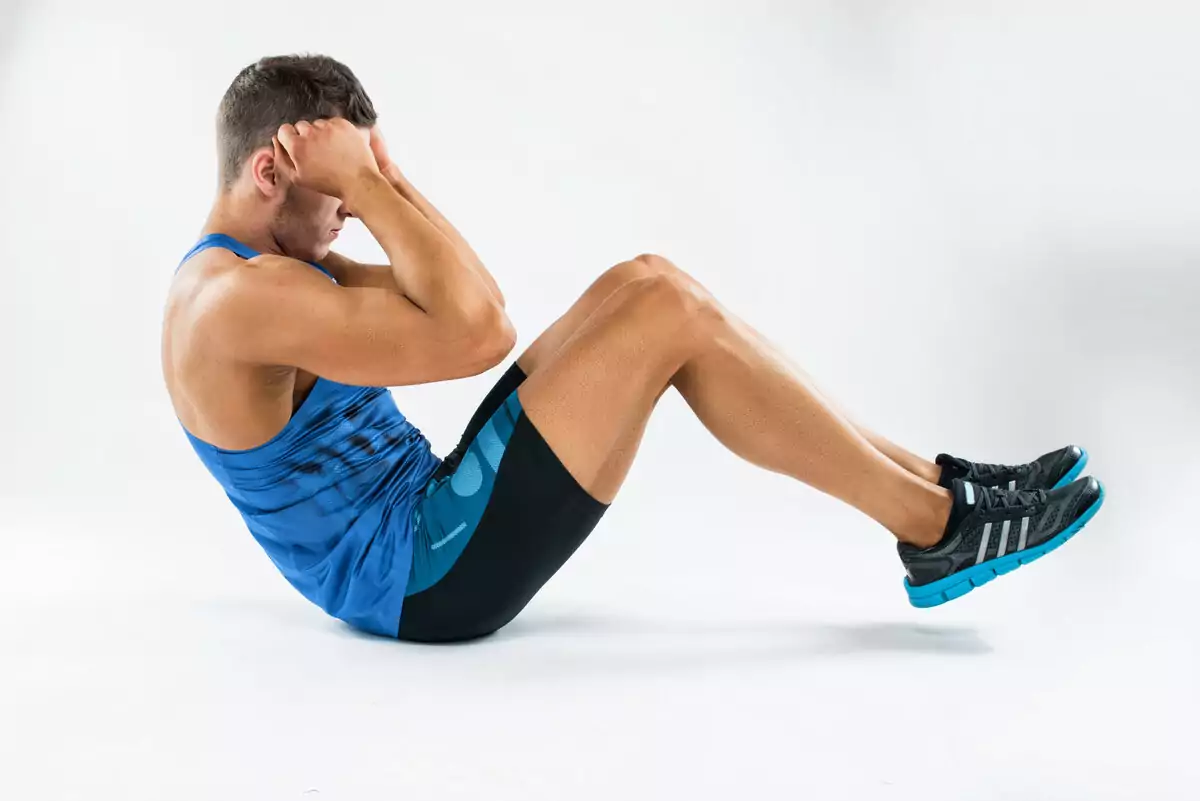Shoeless activities should be determined carefully with a trained professional. While there are many schools of thought, most health and medical practitioners will advise that one wear shoes for anything outdoors, sports that require a lot of running, and exercises that generate impact. Karate, tae kwon do, tai chi, and other martial arts remain shoeless after centuries in practice. Mixed martial arts and some forms of wrestling are also shoeless, but primarily for the safety of the athletes.
Yoga is shoeless from its inception thousands of years ago when most of life was barefoot, and Pilates is practiced with no shoes because the purpose of the discipline is to work from the core through every muscle in the body, even those in the feet. In fact, most who choose shoeless activities typically find that the development of the musculature of the feet brings them better balance. For these activities, it is not only acceptable, but required that you be shoeless.
Preventing Injury
It is best to remove your shoes before approaching the training mat of the dojo or the mind body mat in class, but not long before. It is preferred by most club owners that members not walk around a health club full of sweaty people sans shoes. This goes double for restrooms. Even the cleanest clubs can’t guarantee the cleanliness of a bathroom floor! Retaining your shoes, sandals, or flip flops for the trip into the training room is advised.
Removing them and placing them to the side as instructed by the sensei or yogi will best protect you from all manner of disease or injury. Be assured that no one will be eyeing your pedicure. The only requirement is that your feet are clean!
Preventing Plantar Warts
Athlete‘s foot, toe nail and ringworm fungi, while common, are actually not most common in those who go barefoot, but those who never properly ventilate their feet. Some physicians actually recommend going barefoot in order to cure these conditions. Still, broken skin or cuts on your feet can leave you susceptible. Additionally, plantar warts are caused by the common HPV virus. Clean, healthy feet are virtually immune, but an estimated 80% of the population is infected. Parasites are nearly exclusive to the tropics and underdeveloped countries with poor sanitation practices, but do pose a legitimate threat to barefoot participants here.
To prevent poor practices of your own, clean your feet before class (even with a baby wipe), clean your mat before and after class (even in the dojo), and be aware of the condition of the skin on your feet. Treat and/or bandage any injuries, cracks, or cuts as needed and you can eliminate nearly all the illnesses associated with bare feet. Further, injuries can be prevented by observing carefully your path if the room is dim. Wear shoes in the weight room at all times and also while moving equipment. Be careful of corners and avoid unfinished floors while barefoot.
Foot Care Facts
There are a few other things one should know about his/her feet. Below find more information about how giving some time and attention to your tootsies can be so beneficial.
- Feet contain 26 bones, 33 joints, 107 ligaments and 19 muscles.
- Feet mirror your general health. Conditions such as arthritis, diabetes, nerve and circulatory disorders can show their initial symptoms in the feet – so foot ailments can be your first sign of more serious medical problems.
- The left and right foot may be different sizes. Buy shoes for the larger one.
Regular application of moisturizers to the feet can help eliminate the more mundane issues associated with them. Also, keeping toenails trimmed straight across and cuticles pushed back prevents shoe damage and the risk of toenail fracture. As with any other hygienic practice, simply paying attention to your feet once or twice a week is sufficient to maintain optimal tootsie health! For serious problems see your doctor or podiatrist. Then, get back out there, barefoot.
